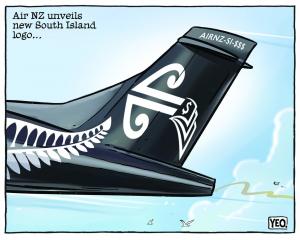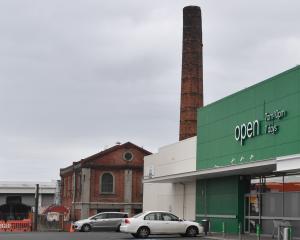The new year promises to be a challenging one for councils and ratepayers around Otago.
A local body election year, the current elected representatives will be judged on their individual performances and the overall successes and failures of their organisations in terms of providing for - and dealing with the challenges of - their respective areas.
Some of the challenges ahead are significant. Queenstown Lakes district councillors will have to work their way through the district plan. Among the most pressing issues are how to deal with the district's infrastructure and housing pressures.
The resort towns of Queenstown and Wanaka face unique challenges: how to provide infrastructure for the large numbers of national and international visitors that flock to the popular areas in summer and for the winter ski season, yet not saddle their small ratepayer bases with the costs of that.
Housing problems in the area are on a par with those in Auckland, our biggest city.
Availability and affordability are major concerns, and ‘‘average'' families are being priced out of the market. The area's growing pains are evident.
Balancing wants, needs, aesthetics - as well as the books - is no simple task, however, and the battle lines are drawn on various fronts.
Many mooted projects are hotly debated, such as a convention centre in Queenstown and the proposed water sports facility on the Wanaka lakefront.
Central Otago faces growth-associated pressures too - although burgeoning school rolls could be seen as a ‘‘positive'' problem to have.
Finalising the funding for Dunstan Hospital will be a relief, but all rural hospitals will remain wary of the impact on services. Undoubtedly positive is the continued success of the Otago Central and Clutha Gold cycle trails.
Environmental concerns are to the fore, too. In North and Central Otago, these include balancing the economic benefits of irrigation and farming intensification, and dealing with the spread of wilding pines.
Oamaru, ‘‘the little town that could'', has in many ways been the region's most recent success story. The town continues to embrace its Victorian heritage, from its architecture to the melding of past and future through its Steampunk revolution.
Add in the wildlife, scenery, food outlets, Waitaki Valley vineyards and the new Alps to Ocean cycle trail, and it has well and truly put itself on the tourist map as a travel destination.
Its gains have been made possible through vision, innovation, determination and hard work. That has paid off with international listings and accolades - including Lonely Planet's title of New Zealand's ‘‘coolest'' town - which in turn have reaped more benefits.
Of course the town faces some of the problems of other small centres. Whether its courthouse will be a permanent victim of the Christchurch earthquake aftermath remains uncertain. And health issues there are concerning, too. The Waitaki Health Service still has to agree its contract terms with the Southern District Health Board; the result could affect services it can provide.
In the Clutha district, an innovative job scheme has bucked the youth unemployment trend, and good work has begun to attract workers to the district.
But that momentum will need to continue and it is to be hoped it can be translated into permanent residents to address the problem of urban drift.
We are a large and geographically diverse area, but we live in an era of increasing centralisation. Local councils will need to consider how they can work together to stop duplication of services, and save money.
The Auckland super city council has provided something of a blueprint for other areas in the country; that spectre cannot be ignored here.
It is clear some of our triumphs provide the biggest tests. The road ahead will not be easy, but community spirit, unity and a sense of purpose will be our biggest assets in the year to come.












